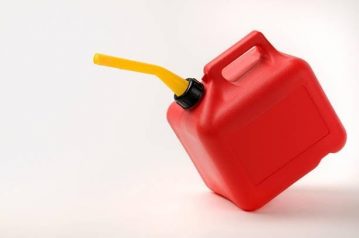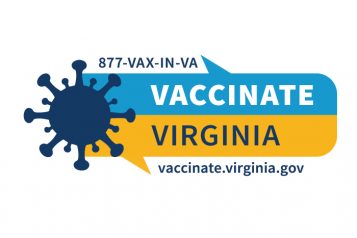VDFP Implements Cancer Reduction Efforts for Virginia Firefighters by Prohibiting Use of Engineered Wood Products Containing PMDI During Live Fire Trainings
Industry research shows that burning oriented strand board (OSB) containing PMDI (poly-methylene diphenyl diisocyanate)
during firefighter training presents increased exposure to cancer-causing carcinogens.
RICHMOND – July 22, 2020 – The Virginia Department of Fire Programs (VDFP) today announced updates to its Live Fire Training Policy that includes the prohibition of the use of oriented strand board (OSB) containing PMDI (poly-methylene diphenyl diisocyanate), and performing decontamination at the end of live fire training with medical evaluation procedures following live fire training events. This policy change covers training burns that are conducted in VDFP training programs, facilities that host VDFP funded schools, and when flashover simulators are utilized.
Current research indicates that exposures to carcinogens, and other hazardous byproducts, such as PAHs (Polycyclic Aromatic Hydrocarbons) and benzene can occur with the use of these OSB wood products containing PMDI, which release significant levels of toxic byproducts when burned.
Cancer reduction among firefighters and EMS personnel remains a top priority for Governor Northam. As the state agency that provides training programs and resources for firefighters in the Commonwealth, VDFP is charged with prioritizing this effort in alignment with industry standards and best practices. The new policy meets the current version of NFPA 1403 (2018), Standard on Live Fire Training Evolutions.
“We are adopting aggressive cancer prevention efforts during such critical training. After each live fire training, a complete wash down of PPE, SCBA, and other tools used in the fire occurs. Also, personal cleanup is done and then a medical evaluation is completed,” said VDFP Executive Director Michael Reilly. “We understand that this prohibition of engineered wood containing PMDI, as well as the extensive rehab procedures may be met with some opposition. However, based on industry research and our mandate to reduce carcinogen exposures and cancer related deaths among Virginia’s Fire Service, it is the right thing to do.”
The Virginia Fire Services Board (VFSB) has been a proponent of this cancer-reducing measure and supports VDFP’s new policy, “The Fire Service explores several methods to reduce risks and harm to our men and women in the field,” said VFSB Chair Walt Bailey, “It is much more meaningful to create policies and involve local and state officials. Then, the widespread action follows.”
Prominent fire services organizations, Virginia Professional Fire Fighters and the Virginia Firefighters Association, also support the decision to prohibit the use of wood products containing PMDI during live fire trainings and will assist with implementing the new practices at the local level.
“The Virginia Professional Fire Fighters reinforces the policy update and applauds Fire Programs for taking such action to protect Virginia’s Fire Service,” said Virginia Professional Fire Fighters (VPFF) President Robert Bragg. “We are united and serious about reducing carcinogen exposure to our firefighters. It is imperative that we continue to adopt preventative solutions.”
“The Virginia State Firefighters Association serves a large population of volunteer firefighters throughout the Commonwealth. By joining together to share research and resources, this decision covers a lot of ground,” said VFSA President Ken Brown.
Visit the VDFP website Policies page for more information on the VDFP Live Fire Training Policy.
 Wise Regional School – September 10-12, 2021
Wise Regional School – September 10-12, 2021
